Entry Type: Event - Starting with N
Napoleon, Seizure of Ordnance Stores at
National Black Political Convention (1974)
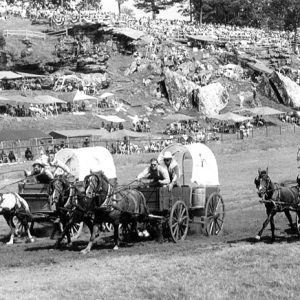 National Championship Chuckwagon Race
National Championship Chuckwagon Race
National Championship Chuckwagon Races
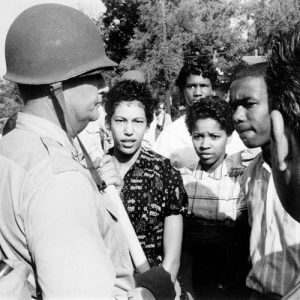 National Guardsman Confronts Students at Central High
National Guardsman Confronts Students at Central High
Neal, Hemp (Lynching of)
 Hemp Neal Lynching Article
Hemp Neal Lynching Article
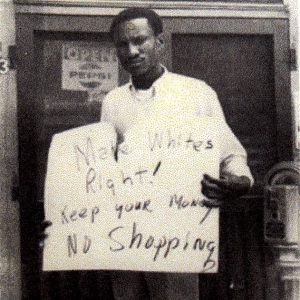 Prentiss Neal
Prentiss Neal
Neely, Amos (Lynching of)
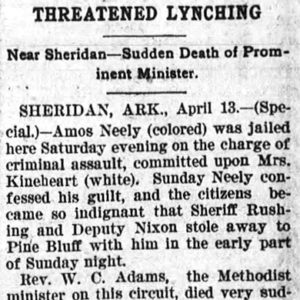 Amos Neely Lynching Article
Amos Neely Lynching Article
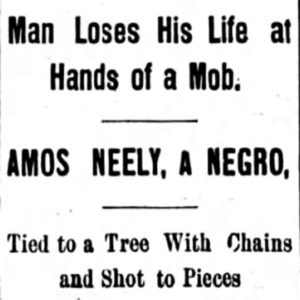 Amos Neely Lynching Article
Amos Neely Lynching Article
Negro Boys Industrial School Fire of 1959
aka: Wrightsville Fire of 1959
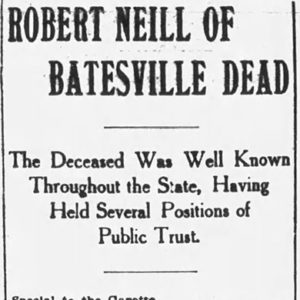 Neill Death Notice
Neill Death Notice
Nelson, Bud (Lynching of)
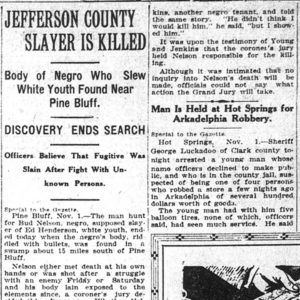 Nelson Lynching Article
Nelson Lynching Article
Nelson, Dan T. (Lynching of)
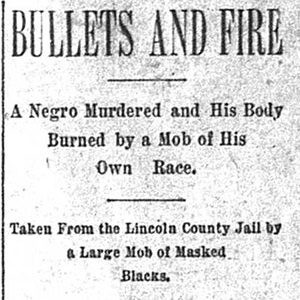 Nelson Lynching Article
Nelson Lynching Article
Nevada County Race War of 1897
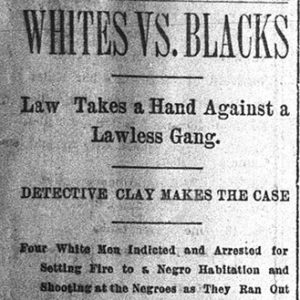 Nevada County Race War Article
Nevada County Race War Article
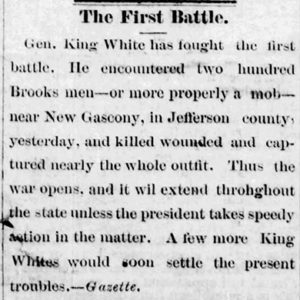 New Gascony Article
New Gascony Article
New Gascony, Battle of (Reconstruction)
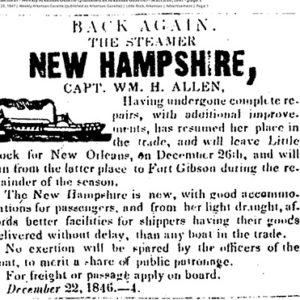 New Hampshire Steamboat Ad
New Hampshire Steamboat Ad
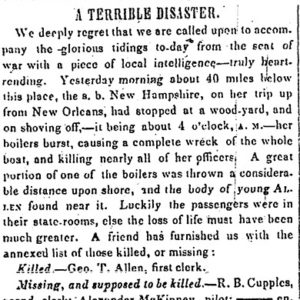 New Hampshire Steamboat Article
New Hampshire Steamboat Article
New Madrid Earthquakes of 1811-1812
Newman, William (Execution of)
 Newport Fire
Newport Fire
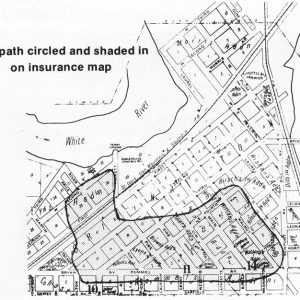 Newport Fire Map
Newport Fire Map
Newport Fire of 1926
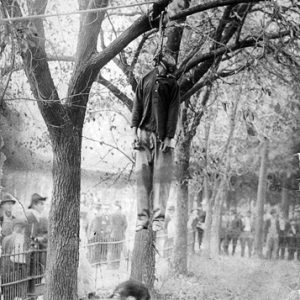 Newport Lynching
Newport Lynching
Newton County Draft War
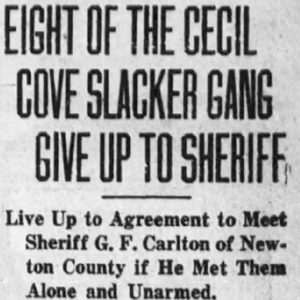 Newton County Draft War Article
Newton County Draft War Article
Newton, Lee (Lynching of)
 Lee Newton Lynching Article
Lee Newton Lynching Article
Niagara and Post Boy, Collision of
 Niagara Disaster Story
Niagara Disaster Story
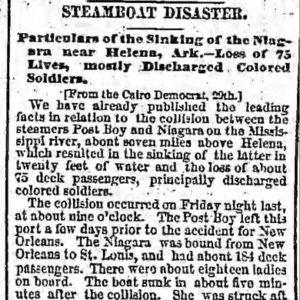 Niagara Disaster Story
Niagara Disaster Story
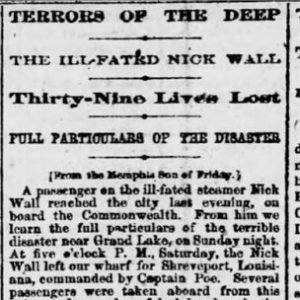 Nick Wall Steamboat Article
Nick Wall Steamboat Article
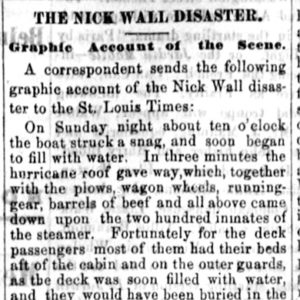 Nick Wall Steamboat Article
Nick Wall Steamboat Article
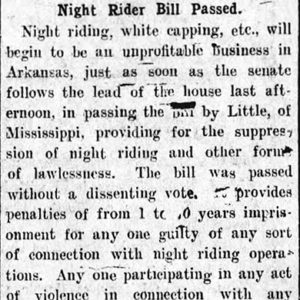 Night Rider Bill
Night Rider Bill
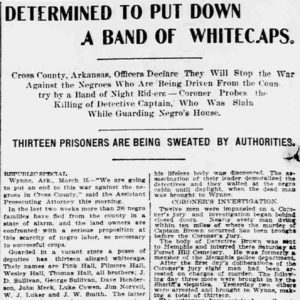 Night Riders Article
Night Riders Article
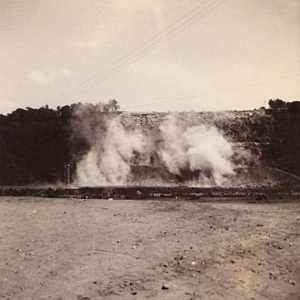 Norfork Dam Construction
Norfork Dam Construction
Norman, Will (Lynching of)
 Norman Lynching Article
Norman Lynching Article
Norristown, Skirmish at (May 19, 1864)
Norristown, Skirmish at (September 6, 1864)
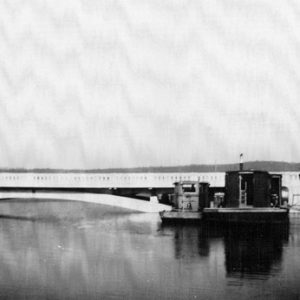 North Fork River Bridge
North Fork River Bridge
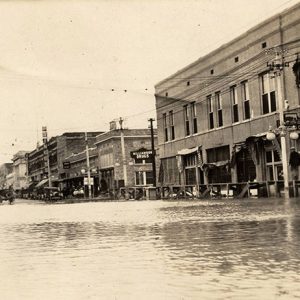 North Little Rock Flood
North Little Rock Flood
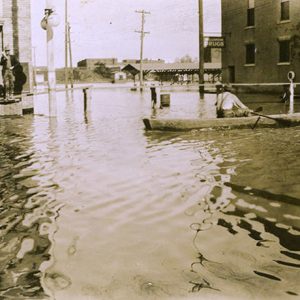 North Little Rock Flood
North Little Rock Flood
 North Little Rock Flood
North Little Rock Flood




